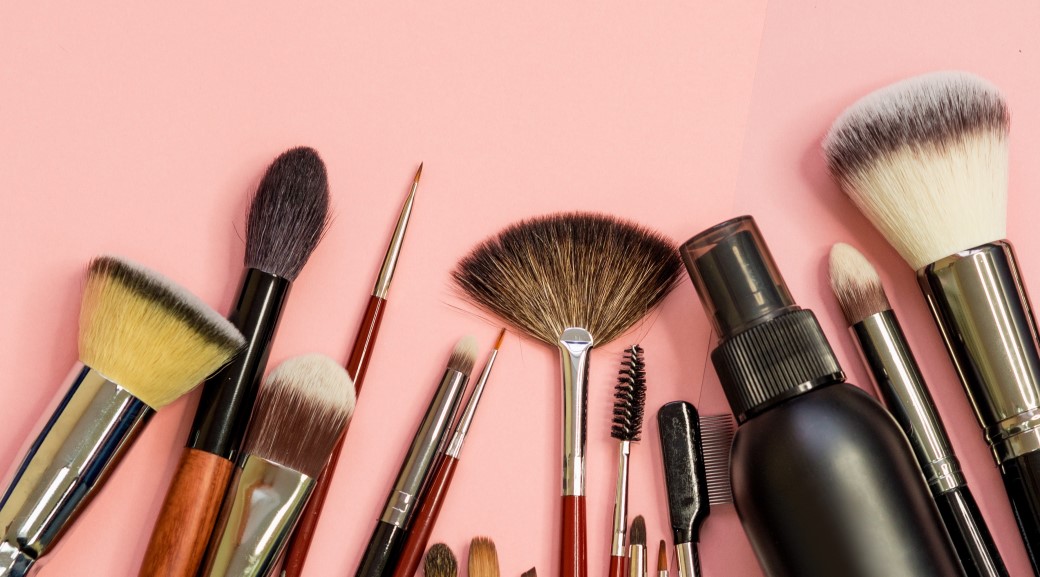by Guy Hanson, VP customer engagement, Validity Inc.
The beauty industry is known for investing heavily in slick marketing campaigns, with products often endorsed by famous faces during prime-time TV slots and in full page ads in premium glossy mags.
And while this type of content is without a doubt attention grabbing, you may be surprised to learn that it’s not actually the biggest driver of consumer sales. In reality, what’s driving us to purchase a new mascara or moisturiser isn’t that glamorous at all — it is the tried-and-tested humble email. The good news for brands and retailers is that email is a lot more affordable and easier to execute than traditional advertising.
For years, many of the biggest global beauty and cosmetic have recognised the importance of investing in email to ensure their marketing materials reach their customers, and the pandemic has only highlighted the importance of this channel to the $6.5b global beauty industry.

New research by Validity Inc. has revealed that in April at the height of the pandemic, 8.8% of all traffic for the Beauty & Fitness sector came from email. Given email only consumes ± 3% of global digital spend, this suggests that the channel is almost 3x more effective than other digital spend channels such as pay per click and SEO when it comes to traffic generated versus spend incurred.
Even more compelling is this sector’s growth since last year. In April 2020, email generated 9% of total visits to Beauty and Fitness websites which represents a 58% increase compared to the same time last year. This is the biggest improvement year-on-year when compared to all other sectors.
Validity’s research also showed that when it came to engagement and retention, email out-performed all other digital marketing channels. To demonstrate, 63% of website visits generated by email were from returning visitors compared with just 48% of visits for other channels, and email generated 5.3 pages viewed per visit compared to 4.2 pages viewed per visit for all other channels.
In addition to email’s effectiveness and relative affordability, Validity’s research also shed light on new email marketing strategies employed by beauty brands in response to the pandemic. Email frequency actually decreased slightly from 4.6 x per week to 4.3 x per week, and send times shifted to later in the day (12-6pm) — likely in response to customer’s changed working conditions.
Another noticeable difference was in the type of content being delivered. Promotional strategies like special offers, discounts and free delivery increased from 37% to 41%, with a lot of brands even offering free gifts. Many brands offered tips and tutorials to provide additional value to their customers and to position themselves as helpful experts and not just retailers. Examples of this included tips on how to perfect an at-home fake tan of lieu of getting to the beach and a greater emphasis on skincare rather than makeup given people have largely been homebound. The tone of communications also became more value-driven, with messages around self-care and kindness becoming increasingly common. While the easing of COVID-19 restrictions may see website traffic generated by email reduce as consumers return to their favourite beauty stores in-person, habits instilled now also have the potential to endure. Regardless, the pandemic has demonstrated that email is an incredibly high performing marketing channel for the beauty sector (even if it’s one of the less exciting ones).
Beauty brands and retailers would be wise to ramp up their investment in email in order to capitalise on its proven effectiveness and to complement their more glamorous marketing channels

